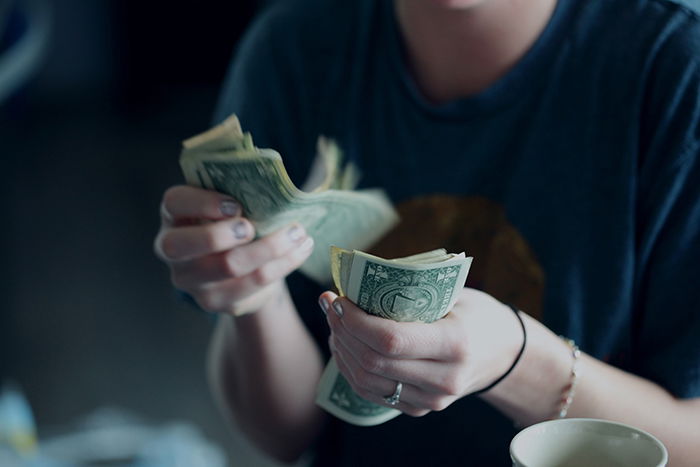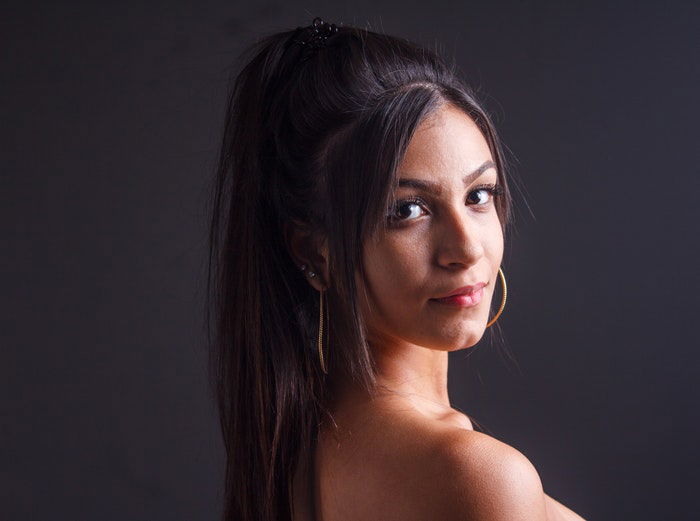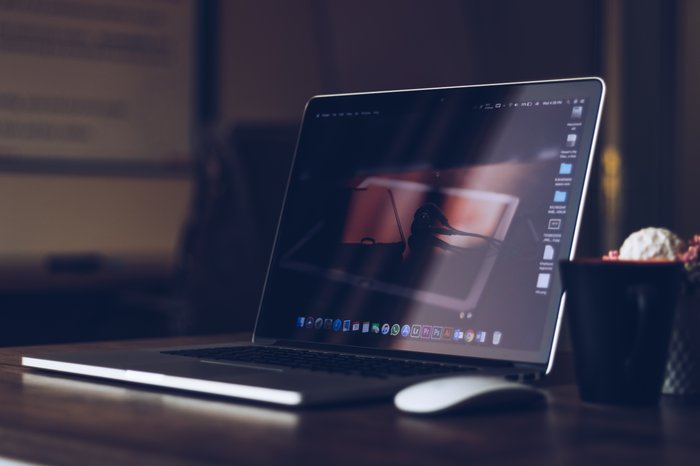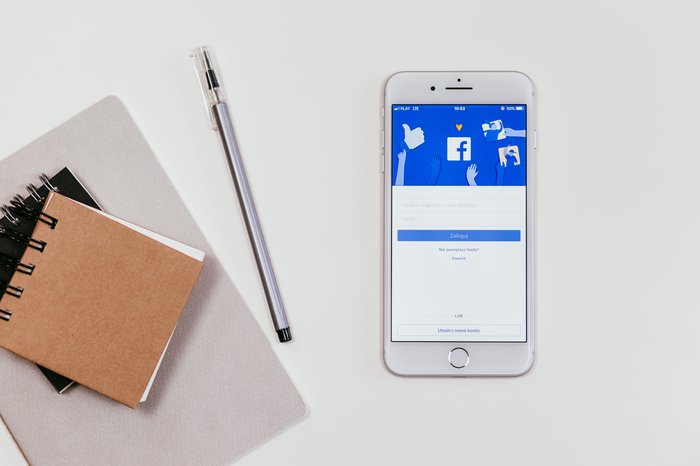7 Tips for Your First Time as an Event Photographer
Are you thinking of becoming an event photographer? It can be a very rewarding career, but it's not without its challenges. Here are seven tips to help make your first time as an event photographer a success.
7. Event Photographer: Get the Shot List and Event Schedule from Your Client
There are many different types of public and private events a photographer is often needed at: music concerts, birthdays, weddings, parties and even conferences. They can be small or large in scale, with a different number of guests, duration and atmosphere.
Regardless of the type of event you are going to shoot, it is important to know what results you are expected to deliver. In order to avoid any possible frustration or misunderstandings with the client, make sure to get the shot list ahead of the shoot from them.
A shot list can come in different forms, usually it is a list sent electronically via email or text. It can be general or detailed. It should contain the shots and descriptions of shots that the client is looking for.
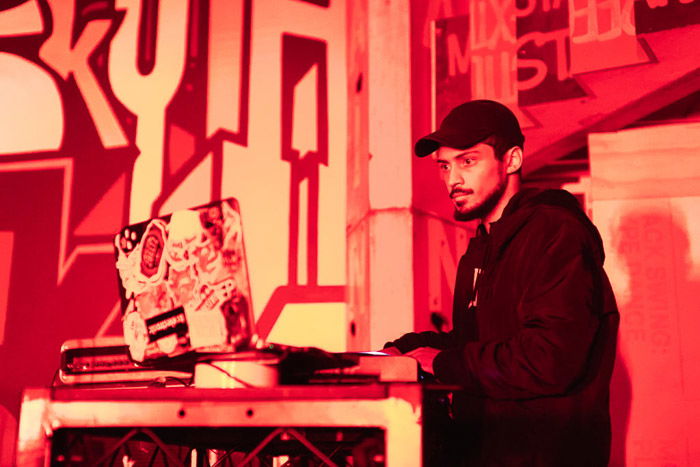
DJ at V Colossal Creeps Night in Brooklyn, NY. © 2018 Daria Huxley
A Sample Shot List
Here is a sample shot list I got from one client this October, shooting a Halloween party:
- Two stages and two bars (inside the building and in a neighbor’s alleyway).
- DJ’s and two music acts ("Show me the Body", and "Slick Rick"): make sure to capture both the artist and the audience.
- Hanging Mural on the outside: capture the look from outside + line activity.
- The river will have green lights and smoke: capture that spooky essence.
- Womb rooftop: great vantage point to shoot the party looking down on everything.
- Face painters from "House of Yes".
- Company employees (will have yellow wristbands): shoot individuals and group shots.
- Clients / family / friends (will have red wristbands): shoot individuals and group shots.
A shot list can also be expressed verbally. In such case I recommend writing it down. Some events can be stressful with a lot of things going on simultaneously. It's easy to miss things if you don't have them written down and handy.
When requesting a shot list, ask the client to send you the event schedule and the address of the venue(s). Having this information in advance will allow you to plan your activity accordingly and make the job easier.
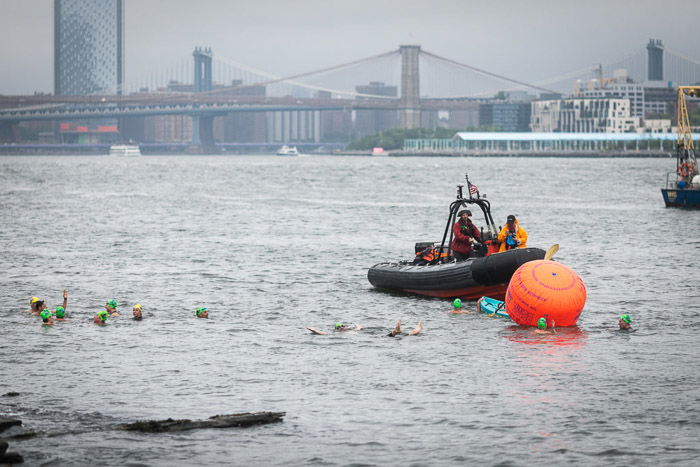
NYC 2018 Governor’s Island Swim Race. © 2018 Daria Huxley
6. Discuss Deliverables in Advance of Your Shoot
It is useful to establish the material delivery dates and required format in advance.
In order to identify the format, ask the client what is the purpose of the shoot. Are photos going into print or online afterwards? Plan accordingly.
If the photos are intended for print – export them in CMYK and TIFF. If they are going online it is useful to output in at least 2 different formats – low-res and hi-res.
Believe me, the client will appreciate the flexibility you provide. For a professional event photographer nothing is better than a happy client, and references are everything.
To set delivery dates consider both the client's urgency and your own workload. A lot of events (such as music concerts) are very time-sensitive and require images to be ready within 48 hours. Others (for example, long 3-4 day conferences) allow for a little more time.
Plan adequate amount of time for post production. In professional event photography, 80% of the shots you take go to the bin and only around 10%–15% end up being used.
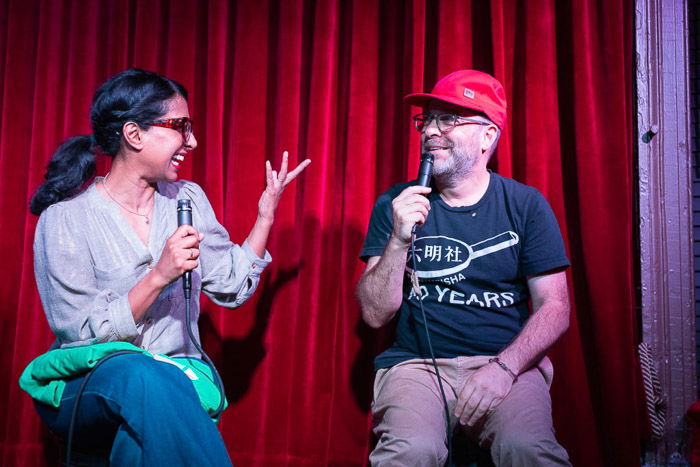
Shonali Bhowmik and H Jon Benjamin at WDEK Podcast Ep. 59. © 2018 Daria Huxley
5. Research the Venue
In order to plan your shoot better and get the best results, it is useful to know the location where you are shooting.
If possible, ask the client about the size and layout of the space, the lighting and where the key elements are located (such as stage, bathrooms, chairs, etc.).
With this information you will know better which lenses to bring and whether you will need a flash and/or any lights.
Another good thing to have is a safe spot to store all your gear, so the audience members don't run into it on accident.
This spot should have easy access for you in case you need to swap lenses during the shoot.
When on spot it's good to meet the other audio/ video/production teams to help coordinate your actions and address some of these questions to them.
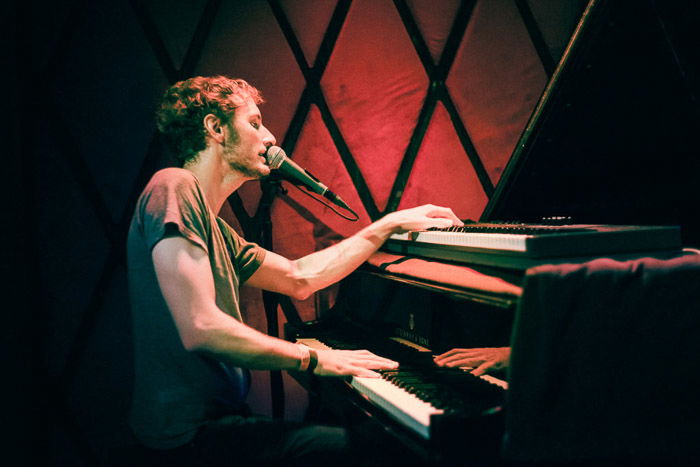
Brian Trahan of Sun Nectar performing a set at Rockwood Music Hall in Lower East Side of NYC. © 2015 Daria Huxley
4. Double-Check All Your Gear
Now that you have some information about the space and shots needed, it's time to start packing your bags. Try doing it the night before to avoid any rush on the day of.
Make sure you charge your batteries. I usually bring some extras in case they go out quicker. A typical Li-ion battery should last you about 5 hours of intensive usage if you are working with a DSLR.
If you are working with a mirrorless camera, you might want to bring even more power with you.
Always bring additional memory cards. You never know when something might go wrong with the one you are using currently.
Clean your lenses and make sure there isn't any dust on your mirrors and sensors.
3. Learn How to Direct People
Event photography stands aside and is separate from other fields of photography and requires a specific skillset.
Learning how to direct people is probably one of the key skills you need to become a professional event photographer and it gets polished only with practice.
Overall, the speed, sharp attention, readiness for action, ability to predict and think quick, move around, interact and guide people, and being at the right moment at the right time are central to having a successful event shoot.
Sometimes events can be chaotic. As a professional event photographer you inevitably have to work with people and there is always a degree of unpredictability. Learning how to interact with them efficiently to meditate uncertainty should be the top priority.
If you are shooting a music gig – talk to the band or their manager before the shoot. Discuss the range of places where you can be located (whether you can get on stage, etc.).
Ask how big the crowd is expected to be and whether there is a designated space for a photographer on set.
With that information you will know your range, and will be able to make the exact plan where you want to be and when to get all the shots from the shot list.
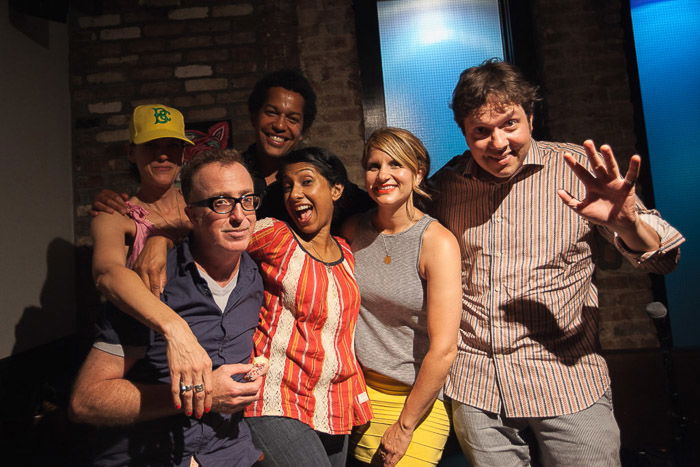
Guests of Episode 33 of WDEK Podcast: Dave Hill, Brooke Van Poppelen and Ambrosia Parsley with hosts Christian Felix and Shonali Bhowmik. © 2015 Daria Huxley
Directing Staged Shots
In order to take a requested staged photo of a particular CEO at a business conference, who is extremely popular and busy at the event, might require you directly reaching out to him/her and planning the most convenient time during the event.
There are numerous other situations where you will need to direct people, for example shooting cocktail parties where the client specifically asks for staged group shots.
In such cases you will have to approach the people, establish a connection, set up a good mood, perhaps even make a joke. Then you will have to act fast and take a couple of doubles.
People usually are expecting to spend 2-4 seconds max per staged photo, so I would suggest cheering them up in between doubles, throwing in a friendly comment or a joke to lower the degree of tension.
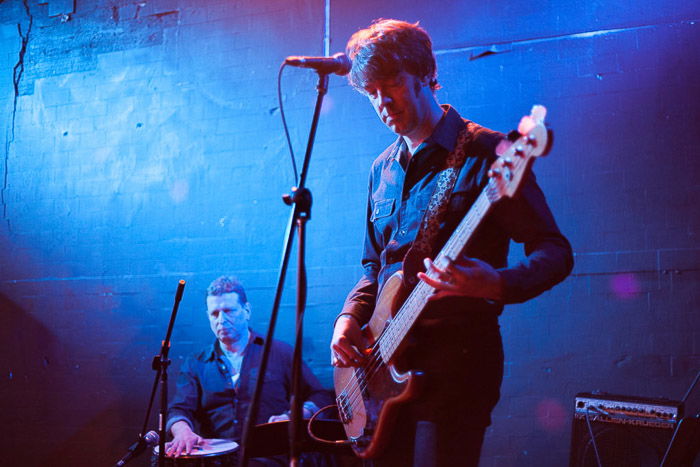
Marcellus Hall & the Hostages performing at II Fourwind Holiday Mixer in New York. © 2015 Daria Huxley
Directing Candid Shots
Directing people doesn't only have to do with staged shots, but also with candids. Sometimes, waving at someone or giving them a friendly smile will do the trick.
Example: you see a great conversation you want to capture but someone is in your way. You can ask them politely to step aside and get your desired picture.
Directing is not easy, but it can be learned. Stay positive, be agile and quick. A long event can be exhausting. Take breaks to view your shots and check what is still needed from the shot list.
2. Check in With the Client During the Shoot
In event photography, communication with the client is another important factor for a successful shoot.
Usually your client will be present at the event. In case they are not the direct participant, but a member of the audience, I can almost guarantee they will at some point direct their attention to you.
In order to avoid any possible tension, make sure you check in with them during the shoot. Ask any questions you might have, even trivial ones. If you are asking questions be clear and have a positive attitude. This will calm them down.
In case they seem busy, contact and a friendly smile will do. If the client has any thoughts or directions for you – they will give you a sign.
Be friendly, smile. Assure your client everything is going great and according to the plan, that you are getting great shots. Being an event photographer entails being a little bit of a psychologist as well.
Remember, you can never argue with the client, even if you feel they are plain wrong. An event can put them under a lot of stress, so be patient and understanding. This will help you build a good reputation and succeed in this field.
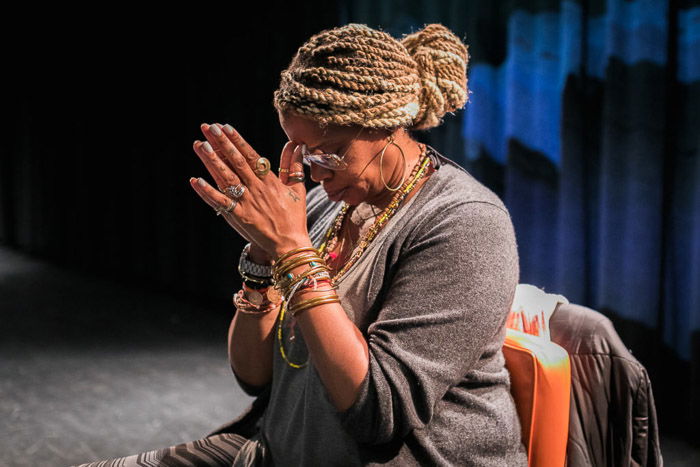
A guided meditation session led by Jill Hubbard at 2018 NYC Women’s Health & Activism Summit. © 2018 Daria Huxley
1. Be Professional and Bring Business Cards
Last but not the least, be on time for the shoot. Better, arrive a little early. Being even 5 minutes late can have a dramatic impact and ruin the rest of the shoot.
In case of force majeure make sure to communicate the delay to the client.
Remember to dress appropriately to the occasion. From my experience as an event photographer and part of the crew, color black is always a safe way to go, regardless of the type of the event, – so you can't really miss with it.
Be nice, introduce yourself to people, act friendly and don't forget to bring a dozen of business cards.
Conclusion
Hopefully, these tips will help you pave your way to becoming a professional event photographer.
Remember, in the field of event photography nothing is as important as experience and positive attitude. The more you shoot and the happier you are in the process – the better.
Choose an event you feel really excited about and go ahead!

